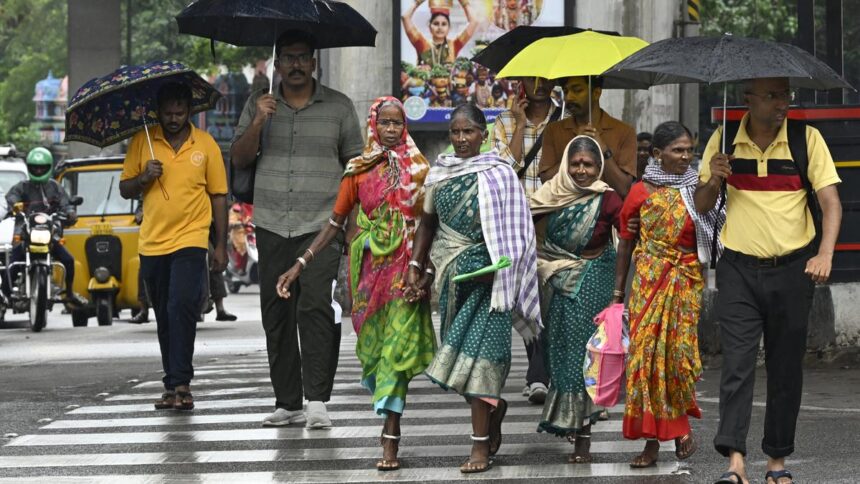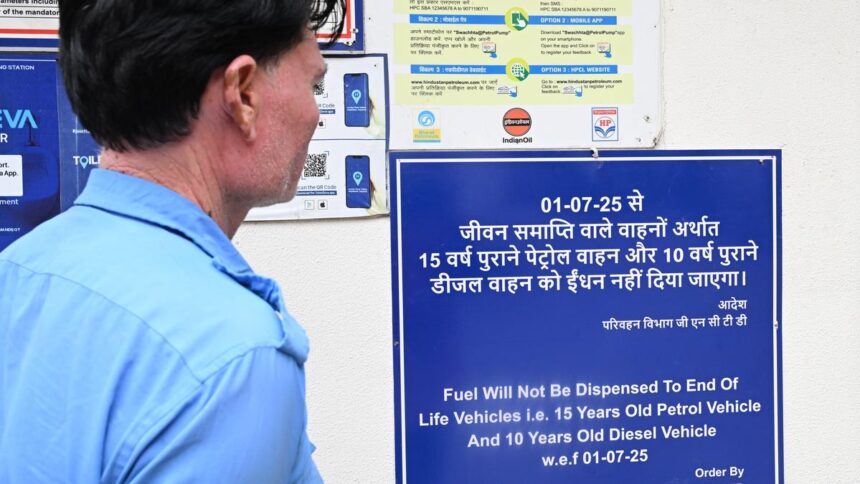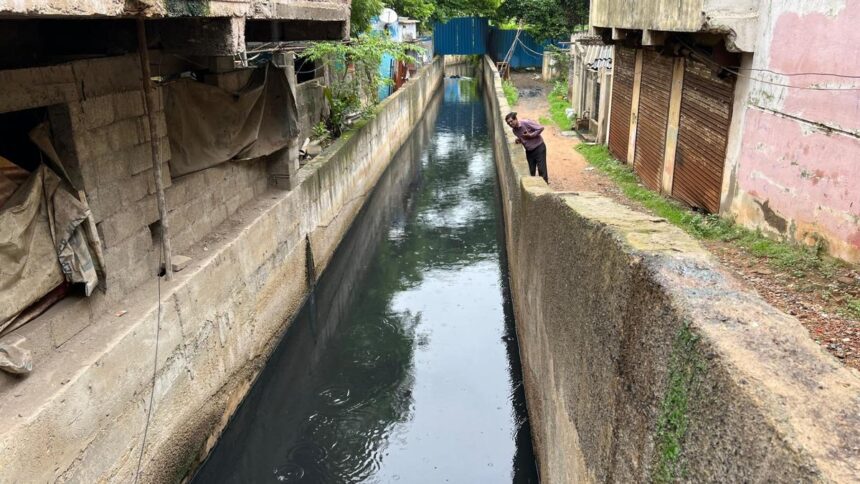
Withholding water when away from home – 33% in Kampala and 12.8% in Tiruchi – was the most common withholding scenario compared with withholding food when away from home or withholding food or water at home. Photograph used for representational purposes only
| Photo Credit: MUSTAFAH KK
Women often avoid eating or drinking, or suppress urination and defecation urges due to concerns about the availability, accessibility and safety of proper sanitation facilities. Now, a study has provided insights on the association between withholding and suppression among women in two different urban settings and their perceived sanitation-related privacy, safety and security, and health status and risks.
Through a secondary analysis of data generated as a part of the Measuring Urban Sanitation and Empowerment project, researchers assessed the prevalence of withholding (food and water) and suppression ( urination/defecation urges) among urban women in Kampala, Uganda and Tiruchi, India.
The aim of the study was to describe the prevalence and frequency of sanitation-related withholding and suppression among urban women and to identify if and how privacy, safety, security and health were associated with these often-overlooked sanitation coping behaviours. The analytic sample for withholding was 1,308 women and 862 for suppression.

What the study found
Publishing their findings in Nature Water – ‘Sanitation-related withholding and suppression among women in urban Uganda and India’, Elaina Sinclair et al, said that 38% of women in Kampala and 16.4% women in Tiruchi reported withholding. More than 93% of women in both populations reported suppression – 94.3% of women in Kampala and 96% in Tiruchi. “Privacy, safety and security, and health scores were significantly associated with the odds of withholding in both cities,” the study said.
In both populations, withholding water when away from home – 33% in Kampala and 12.8% in Tiruchi – was the most common withholding scenario compared with withholding food when away from home or withholding food or water at home. Similarly, in both populations, the number of women who reported any level of suppression at night (87.5% in Kampala and 92.9% in Tiruchi) was much greater than those who reported any level of suppression when at home during the day (20.2% in Kampala and 8.9% in Tiruchi) or when away from home (40% in Kampala and 14% in Tiruchi).
In Kampala, all women used improved sanitation facilities [flush toilet, pit latrine or composting toilet] for defecation and most shared their sanitation facility with known households, while in Tiruchi, 77.7% women used improved sanitation facilities and had privately owned facilities (69.2%). About 91% women in Kampala had to collect water for household sanitation needs as against 31.1% of women in Tiruchi.

Top concerns
Assessing safety and security factor scores, the study documented that the strongest association for withholding was found for perceptions of one’s own risk of harm when going to a sanitation facility among both populations. Perception of women’s general risk of domestic violence related to sanitation was also linked with withholding for the Kampala population.
Looking at various health factors (sanitation-related illness, fear of injury, sanitation-related anxiety, embarrassment and shame, sanitation-related stress and fear), the study said that the strongest association for withholding was for fear of injury among women in Kampala, while it was sanitation-related stress and fear among women in Tiruchi. The authors said that analysis found higher privacy, safety and security, and health scores to be significant predictors of withholding, while fewer significant results were obtained for suppression, “probably due to it being a commonly reported behaviour”.

However, sanitation-related privacy and perception of risk of harm when going for sanitation were associated with suppression for women in Tiruchi. They went on to refer to social norms in Tamil Nadu that discouraged women from using public sanitation facilities alone due to beliefs that it is neither safe nor proper to do so. “The findings in the present study also align with those of Panchang et al who found that Indian women who reported their local community toilet block to be unsafe had over four times the odds of reporting avoidance (suppression) and over three times the odds of reporting restriction (withholding) at baseline compared with those reporting their sanitation facility to be safe”.
The study noted that “the influencing factors identified in this study, particularly perceived risk of harm, fear of injury and sanitation-related stress and fear, can inform programmatic decisions and help target sanitation interventions to improve women’s sanitation experiences and reduce the need for women to feel the need to use coping mechanisms such as withholding and suppression”.
Published – July 10, 2025 03:50 pm IST





















